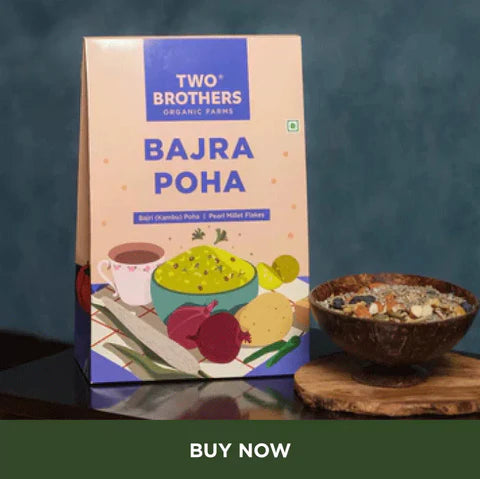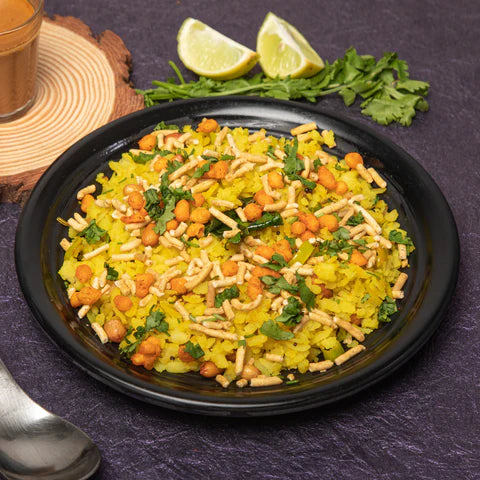Poha, a symbol of culinary heritage, is celebrated in various forms, showcasing the ingenuity of Indian cooking. Packed with history and taste, it represents a blend of generations-old recipes and modern adaptations. Poha is not just a dish; it's a story on a plate.
The word “Kanda” means onions in Marathi. This staple dish brings a very simple flavour and element to tradition by adding just one vegetable.
Expert Tips
- Be careful not to over-soak the poha while rinsing, as it can become mushy.
- Adjust the amount of sugar and salt according to your taste preferences.
- You can add other vegetables like green peas or bell peppers for variation and added nutrition.
- For added flavor, you can sprinkle some freshly grated coconut on top before serving.
- Serve hot for the best taste and texture.
Faqs
Q. Can I customize the recipe according to my preferences?
Absolutely! Kanda Poha is quite versatile, and you can customize it by adding or omitting ingredients based on your taste preferences. You can add vegetables like peas, carrots, or bell peppers to make it more nutritious, or adjust the spices to suit your palate.
Q. Is Kanda Poha gluten-free?
Yes, Kanda Poha is naturally gluten-free as it's made from flattened rice (Poha), which is derived from rice.
Q. Can I make Kanda Poha without onions?
While onions are a key ingredient in traditional Kanda Poha and impart a distinct flavor, you can omit them if you have dietary restrictions or personal preferences. However, the flavor profile of the dish may be slightly altered.
Q. Can I use frozen Poha instead of fresh?
Fresh Poha is preferable for the best texture and taste. However, if fresh Poha is not available, you can use frozen Poha after thawing it completely and patting it dry to remove excess moisture.





